Update on Avian Influenza A(H5N1) Outbreak in the U.S.
Avian Influenza A(H5N1) has been detected in domestic livestock and a few human cases have been reported in the U.S. The CDC issued a technical report detailing the cases and their symptoms. No human-to-human transmission has been identified so far. The situation is being closely monitored and updated information is available from reputable sources.
Download Presentation

Please find below an Image/Link to download the presentation.
The content on the website is provided AS IS for your information and personal use only. It may not be sold, licensed, or shared on other websites without obtaining consent from the author. Download presentation by click this link. If you encounter any issues during the download, it is possible that the publisher has removed the file from their server.
E N D
Presentation Transcript
PHFPC Briefing Texas Department of State Health Services June 12, 2024
Emerging & Infectious Diseases Update Saroj Rai, PhD, MPH Senior Scientific Advisor Office of the Chief State Epidemiologist Texas Department of State Health Services June 12, 2024
DISCLAIMER The information presented today is based current preliminary data and on CDC s recent guidance. Information is subject to change. June 12, 2024
June 9, 2024: CDC issued an updated technical report: Technical Report: Highly Pathogenic Avian Influenza A(H5N1) Viruses | Avian Influenza (Flu) (cdc.gov) From January 2022 - June 4, 2024, 29 sporadic human cases of A(H5N1) were reported from 9 countries. 15 cases (8 children and 7 adults) of severe or critical illness 6 cases of mild illness 8 asymptomatic cases 7 deaths (3 children and 4 adults) Available at: Technical Report: Highly Pathogenic Avian Influenza A(H5N1) Viruses | Avian Influenza (Flu) (cdc.gov), accessed June 11, 2024
Confirmed Cases of HPAI in Domestic Livestock in the U.S. Available at: Highly Pathogenic Avian Influenza (HPAI) Detections in Livestock | Animal and Plant Health Inspection Service (usda.gov), accessed June 11, 2024
USA: H5N1 Avian Influenza: Situation Summary Available at: H5N1 Bird Flu: Current Situation Summary | Avian Influenza (Flu) (cdc.gov), accessed on June 11, 2024
Human Cases of A(H5N1) in the U.S. No cases of human-to-human HPAI A(H5N1) virus transmission were identified. State Year # of Human Cases Exposure Primary Symptoms Genomics 1 Colorado 2022 1 Poultry Fatigue Confirmed clade 2.2.4.4b Genotype B3.13 2 Texas 2024 1 Dairy Cow Conjunctivitis Confirmed clade 2.2.4.4b Genotype B3.13 3 Michigan 2024 1 Dairy Cow Conjunctivitis Upper respiratory symptoms 4 Michigan 2024 1 Dairy Cow Confirmed clade 2.2.4.4b Available at: Technical Report: Highly Pathogenic Avian Influenza A(H5N1) Viruses | Avian Influenza (Flu) (cdc.gov), accessed June 11, 2024
Human Cases of A(H5N1) in the U.S. For cases with genome sequencing available, no known markers of reduced susceptibility to currently recommended FDA-approved influenza antiviral medications were detected. No changes to receptor binding sites were identified that would increase the risk of transmission to and among people. While CDC s assessment is that the current overall threat of clade 2.3.4.4b HPAI A(H5N1) viruses to public health is low, the widespread geographic prevalence of infected birds and poultry, with spillover into a wide range of mammal species, and ongoing spread of clade 2.3.4.4b viruses, including among dairy cattle in the United States, raises the potential for more mammals to be infected that could result in viral evolution or reassortment events which might change the current risk assessment. Additional sporadic human infections with HPAI A(H5N1) viruses with a wide clinical spectrum (mild to severe and critical illness) resulting from exposure to infected animals are anticipated worldwide. Vigilance and ongoing surveillance of HPAI A(H5N1) viruses circulating in wild birds, poultry, and in mammals and infected persons worldwide is critical to monitor the public health risk and to detect genetic changes. Available at: Technical Report: Highly Pathogenic Avian Influenza A(H5N1) Viruses | Avian Influenza (Flu) (cdc.gov), accessed June 11, 2024
U.S. Surveillance for Human Infections with Influenza A(H5N1) Virus Human infection with a novel influenza A virus, including HPAI A(H5N1) virus, is a nationally notifiable condition. Seasonal influenza virus detection assays can also detect novel influenza A and are used in 128 public health labs in all 50 states. Specific diagnostic assays to detect A(H5) viruses are available at 99 public health in all 50 states. Currently, confirmatory testing is being done only at CDC. Available at: Technical Report: Highly Pathogenic Avian Influenza A(H5N1) Viruses | Avian Influenza (Flu) (cdc.gov), accessed June 11, 2024
Monitoring for Influenza in Wastewater, U.S. Wastewater surveillance can complement other existing influenza virus surveillance systems to monitor influenza trends. CDC s National Wastewater Surveillance System (NWSS) has more than 600 sites with a variety of partners reporting influenza A virus data to CDC. Current wastewater monitoring methods detect influenza A viruses but do not distinguish the subtype. This means that avian influenza A(H5N1) viruses are detected but cannot be distinguished from other influenza A virus subtypes. Wastewater data also cannot determine the source of the influenza A virus. It could come from a human or from an animal (like a bird) or an animal product (like milk from an infected cow). Efforts to monitor influenza A virus activity using wastewater data are likely to evolve as the methodologies and interpretation are evaluated and refined. Available at How CDC is monitoring influenza data to better understand the current avian influenza A (H5N1) situation in people | Avian Influenza (Flu), accessed June 11, 2024
Monitoring for Influenza in Wastewater, U.S. For monitoring influenza A virus in wastewater, CDC compares the most recent weeks of influenza A virus levels recorded at a wastewater site to levels reported between October 1, 2023, and March 2, 2024, for that same wastewater site, and those at 80th percentile are categorized as high. For the week ending June 1, 2024, 242 wastewater sampling sites reported data meeting criteria for analysis for influenza A viruses, and 1 (<1%) site in one state was at the high influenza A virus level. For the week ending May 25, 2024, 298 wastewater sampling sites reported data meeting criteria for analysis for influenza A viruses, and 1 (<1%) site in one state was at the high influenza A virus level. Across these two most recent weeks: A total of 300 sites from 37 states reported data meeting criteria for analysis for influenza A viruses in both weeks or in either week and 2 (< 1%) sites in two states were at the high influenza A virus level. The data from these sites are being closely monitored by CDC and its partners to identify potential contributing factors, including assessing whether any of the high levels are related to any human illness Available at How CDC is monitoring influenza data to better understand the current avian influenza A (H5N1) situation in people | Avian Influenza (Flu), accessed June 11, 2024
CDC: Interactive Map with Current site- level data for Influenza A virus levels in Wastewater All data are preliminary and may change as more reports are received. Wastewater data does not distinguish between human and animal waste or by-products. Available at: How CDC is monitoring influenza data to better understand the current avian influenza A (H5N1) situation in people | Avian Influenza (Flu), accessed on June 11, 2024
CDC: Interactive Map with Current site- level data for Influenza A virus levels in Wastewater All data are preliminary and may change as more reports are received. Wastewater data does not distinguish between human and animal waste or by-products. Available at: How CDC is monitoring influenza data to better understand the current avian influenza A (H5N1) situation in people | Avian Influenza (Flu), accessed on June 11, 2024
USDA and HHS Announce Actions to Reduce Impact and Spread of H5N1 May 10, 2024, USDA, HHS announced new actions to reduce and spread of H5N1: Fact Sheet: USDA, HHS Announce New Actions to Reduce Impact and Spread of H5N1 | HHS.gov USDA will make $98 million in existing funds available to APHIS (Animal and Plant Health Inspection Service) to fund these initiatives: Provide financial support (up to $2,000 per affected premises per month) for producers who supply PPE to employees and/or provide outerwear uniform laundering, for producers of affected herds who facilitate the participation of their workers in USDA/CDC workplace and farmworker study. Provide support (up to $1,500 per affected premises) to develop biosecurity plans based on existing secure milk supply plans. Provide funding for heat treatment to dispose of milk in a bio secure fashion.Veterinary costs are eligible to be covered from the initial date of positive confirmation at NVSL for that farm, up to $10,000 per affected premises. Offset shipping costs for influenza A testing at laboratories in the National Animal Health Laboratory Network (NAHLN). USDA will pay actual shipping costs, not to exceed $50 per shipment for up to 2 shipments per month for each affected premises. Taken together, these represent up to $28,000 per premises to support increased biosecurity activities over the next 120 days.
USDA and HHS Announce Actions to Reduce Impact and Spread of H5N1 HHS announced new funding investments through CDC and FDA totaling $101 million to mitigate the risk of H5N1 and continue its work to test, prevent, and treat H5N1. $34 million in Testing and Laboratory Capacity $29 million in Epidemiology, Surveillance, and Data Analytics $14 million in Genomic Sequencing $8 million in Vaccine Activities $5 million in STLT Jurisdiction/Partner Funding $3 million in Wastewater Surveillance Additionally, the FDA is announcing an additional $8 million is being made available to support its ongoing response activities to ensure the safety of the commercial milk supply.





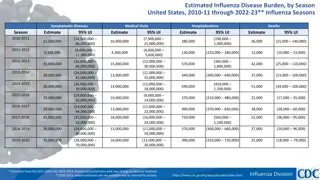

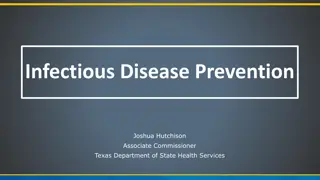
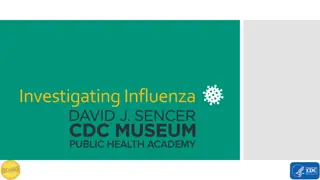
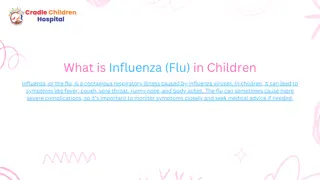
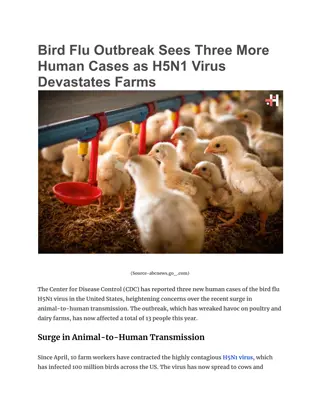

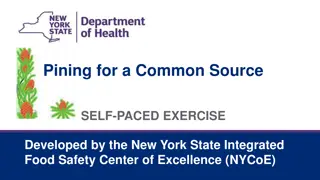
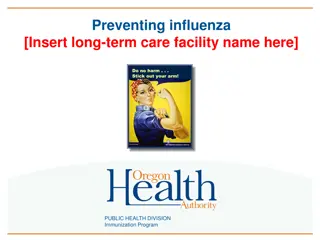
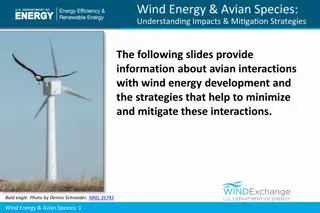

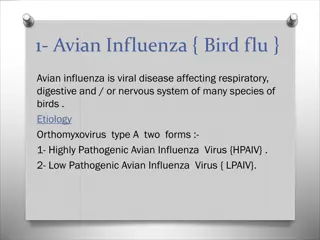
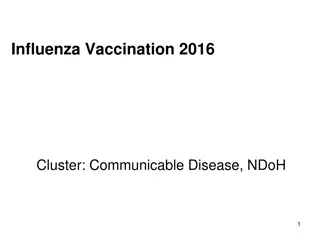
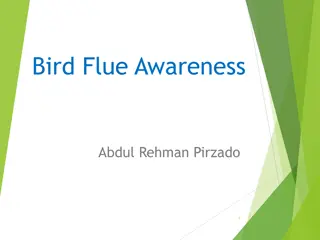


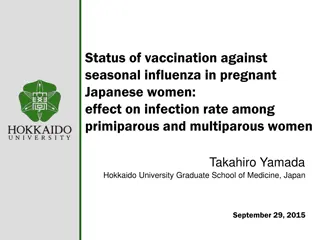
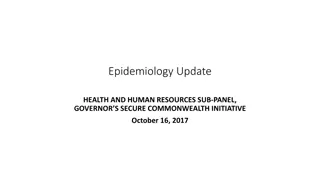
![Preventing Influenza at [Name of Critical Access Hospital]](/thumb/233818/preventing-influenza-at-name-of-critical-access-hospital.jpg)